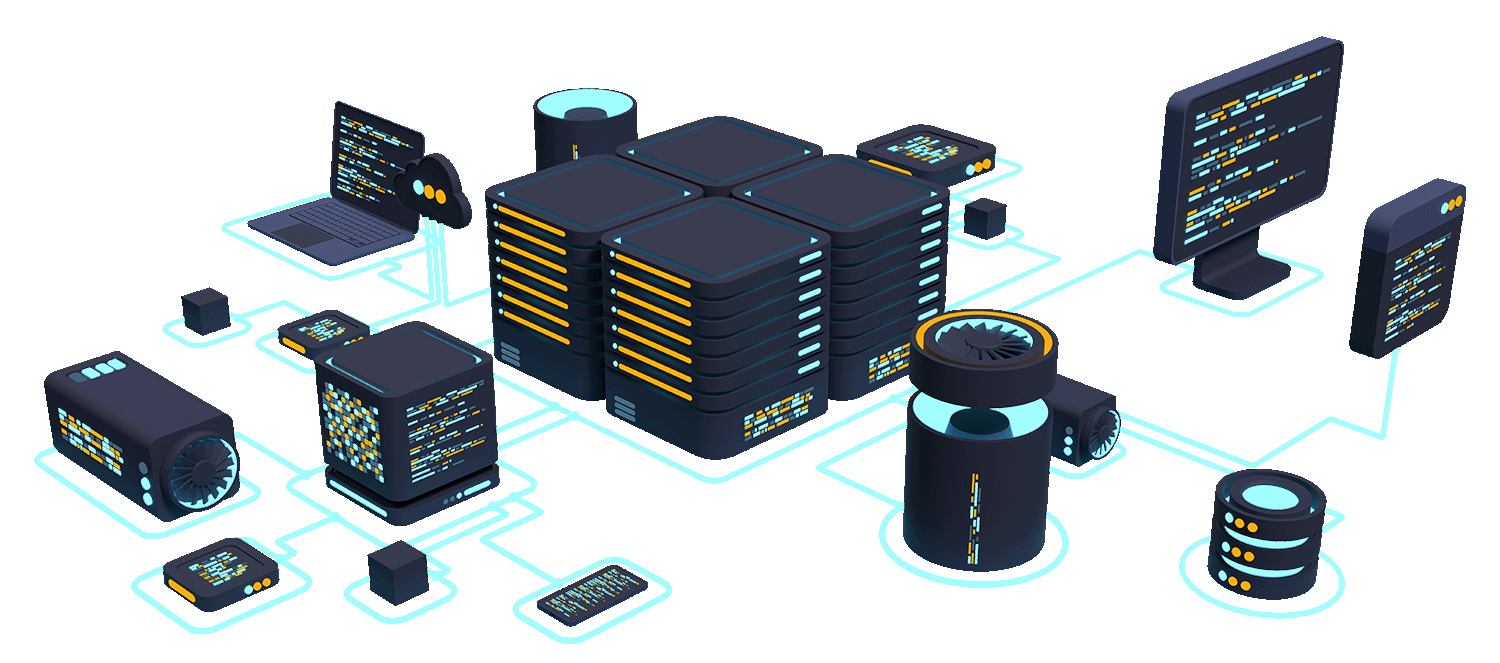Physical penetration testing
At OnSecurity, our physical penetration testing goes beyond basic assessments to provide expert insights into the vulnerabilities in your physical security. This simulated intrusion attempt focuses on your physical location, rather than cyber threats.
What is physical penetration testing?
Physical penetration testing involves simulating an intrusion to uncover vulnerabilities in your physical security. Unlike digital security tests, this approach focuses on your physical location to identify weaknesses in access controls, surveillance systems, and other security measures. By attempting to breach your premises, both successful and partially successful attempts highlight areas that could be exploited by criminals.
This detailed evaluation provides essential information, allowing you to address these weaknesses and improve your physical security to better protect your assets against real-world threats.
Why do you need a physical pentest?

Your physical security measures are crucial in protecting your assets, and they should be looked at in tandem with cyber security. Criminals may attempt to gain unauthorised access to your premises by exploiting weaknesses in physical controls, such as inadequate access points, surveillance gaps, or lapses in staff security protocols. By simulating an intrusion, you can identify potential weaknesses in your security setup and address them before real criminals can exploit them.
Ready to experience the future of pentesting?
Discover how combining expert insight with automation leads to faster, more precise, and high-impact penetration testing.
CREST-accredited physical pentesting
At OnSecurity, our physical penetration testing services uphold the highest of standards , as a CREST (Council of Registered Ethical Security Testers) approved vendor. This certification means our test methodologies, processes, policies, and procedures have been externally vetted meaning you can be confident your pentests are being carried out following best-in-class procedures.
- CREST-approved: Our services are validated by CREST, guaranteeing that all aspects of our testing meet stringent industry standards.
- Highly skilled professionals: The majority of our testers are CREST-certified, having undergone rigorous training to acquire the necessary skills for identifying and exploiting vulnerabilities in a safe and controlled manner.
- Manual-first approach: We focus on hands-on testing, using high quality techniques to uncover vulnerabilities that automated tools might miss.

Physical security challenges
Addressing physical security threats requires a comprehensive understanding of the unique risks associated with physical access and environmental controls:
Quick, high-quality pentests
Discover why our user-friendly platform and AI + human approach make pentesting hassle- free.
Flexible subscription plans
Simplify your testing and monitoring with a single monthly payment, combining regular penetration tests and continuous vulnerability scanning. Get predictable costs while receiving ongoing protection.
Instant quote & customised plans
Receive a real-time, personalised cost estimate through our intuitive platform. Tailor your testing needs with configurable options that suit your business goals and security requirements.
Effortless platform access
No more long scoping processes. Book tests directly through our platform or get personalised assistance from our sales team. Enjoy streamlined communication and automated workflow notifications for maximum efficiency.
Immediate, actionable reports
Access your findings instantly through our platform. Generate detailed reports at any time, offering both technical insights and high-level summaries—without the wait.
Free retests for resolved issues
Once you’ve addressed vulnerabilities, we’ll retest them for free within a flexible window, ensuring your systems remain secure at no additional cost.
Ongoing protection & threat intelligence
Sign up for continuous monitoring to access automated vulnerability scanning, along with situational awareness through threat intelligence, ensuring your defences stay up to date year-round.
Other Types of penetration testing
Find the penetration test to best suit your business and cybersecurity needs.
Frequently Asked Questions
Got a question you need answering? Our FAQs should help guide you
A physical penetration test usually lasts between 2 and 10 days, based on the specific requirements. The length of the test can vary depending on factors like the number of sites, the size of each location, and the complexity of overcoming physical security measures.
As a general guideline, a physical penetration test should be conducted at least once a year or whenever there are significant changes, such as updates to security procedures, personnel changes, or modifications to access controls.
To get the most out of your physical penetration test, start by fixing any known weaknesses in your current security measures. This allows the test to focus on uncovering new or unexpected vulnerabilities. Make sure your staff understands the security protocols, check that all access controls are in place and working properly, and review any recent changes to your security setup. Initial preparation can help ensure the test accurately reflects your organisation's true security posture.
During a physical penetration test, we aim to minimise disruption to your systems and operations. Our goal is to simulate real-world scenarios without causing any harm or significant interruptions. However, since we are testing physical security measures, there might be some minor disturbances as we assess access controls and other security features. We will coordinate with you in advance to ensure any potential impact is carefully managed and to schedule the test at a time that best suits your business operations.
As part of our assessment, we will deliver a detailed report identifying vulnerabilities in your security and providing targeted recommendations to address these weaknesses. By acting on these findings, you can strengthen your defences and prevent real criminals from accessing your premises in the same way our consultants did during the simulated physical penetration test.
If our consultants gain entry to your premises, they will also attempt to bypass additional security measures to access your on-site computer network. This approach helps to uncover further exploitable weaknesses, enabling you to remedy them before they can be exploited by real attackers.
We recommend that all businesses with a physical presence assess their security through a physical penetration test. Businesses considered at higher risk—such as financial institutions, medical facilities, utility providers, retailers, and educational institutions—should prioritise these assessments to ensure they are adequately protected.
Alongside penetration testing, we advise implementing continuous vulnerability scanning and threat intelligence to uphold a proactive security posture. Regular patch management and remediation are essential for staying ahead of emerging threats. For more information or help in selecting a trusted penetration testing service, don’t hesitate to contact us.










